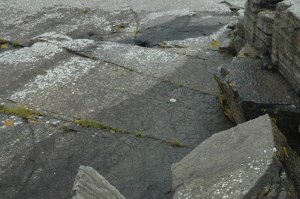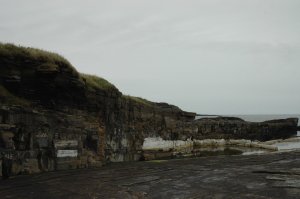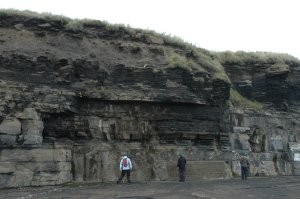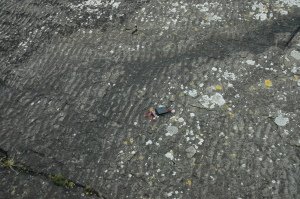Usually, petroleum geologists think of source rock and reservoir as different things: The source is the tight, shitty shale that has to be be boiled to expulse oil. The reservoir is the porous rock the oil goes into. But not always. The shale gas and shale oil revolution happened when fracking made it possible to extract oil from rock that is tight, but just stiff enough to make fractures where the oil can flow out.
The trouble with such rocks is that the burial and heat needed to crack organic matter to oil also makes chemical reactions go faster: solving quartz grains and re-precipitating the quartz as cement that fills the reservoir pores. Sometimes, we are lucky and some good-guy clays cover the grains early, so the quartz cannot dissolve and re-cement, but, unfortunately, most of the time, clays are just bad guys and clog the pores themselves. Hence, in most cases, mixed source and reservoir creates a Catch-22: Either the source is mature and the reservoir useless…or the reservoir is nice, but the source not mature to yield any oil. Unless, the clay gods look in mercy at us…or we frack…
But there is no reason to not look, do some window shopping at the petroleum system frozen in time, even if we cannot buy. At Wick, Scotland, are Devonian source and sand mixed in thin layers, in a rock called the Flagstone, because it easily splits along the individual layers.

Welcome to the Devonian. Sarcopterygian fish rule here.
Around 400 million years ago, a big lake covered the NE corner of Scotland, the Orkneys and the area between, fed by rivers from the surrounding area. With the water came organic matter that settled and was preserved where the water was calm and anoxic – that, is, there was too little circulation to in the water to bring down surface oxygen to break it down, a.k.a. to rot. Add some million years and burial, and this organic matter changed into oil.
Sand beds fill in between the shale, and ripples, wave marks, show that several times upon time, this area had nice beaches. Often, just a few centimeters above – layerwise – are mudcracks – dessication cracks in academish – that form when a soft mud bed dries up, and shows that the lake water level went up and down. Hence, in this lake, like all lakes, water level varied with season and climate. When water at Wick was at lowstand, sand carried by rivers laid down along the lake coast in wet periods, in drier periods may be only some mud came occasionally.

Ripples on the step to the right, just above mud cracks; evidence for the changing water level and climate in Scotland ca 400 million years ago.
The oil, can we see it? Surprise – not! – the sand is so tight that not much oil has gotten into it. However, fractures were open and got filled with oil, which today remains as black, hard blobs of bitumen, and prove that the paleo-petroleum-system worked.





